Ancient cultic area for warrior-god uncovered in Iraq
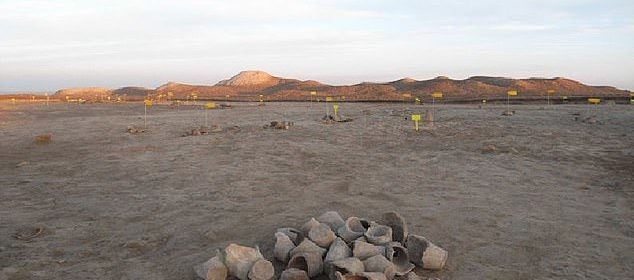
Ancient cultic area for warrior-god uncovered in Iraq
The 5,000-year-old sacred plaza in Iraq was uncovered by archaeologists and that was used for rituals to appease the Mesopotamian warrior god.
The team working at the Telloh site believe that it was used for celebrations, animal sacrifices and other processions dedicated to Ningirsu – the hero god of war, hunting and weather.
The cups, bowls, jars and animal bones were in sides of the pit, which experts say the remnants of animal sacrifices.
LiveScience reported, However, a bronze object shaped like a duck was also found to have been dedicated to Nanshe, a goddess associated with water, marshlands and aquatic birds.
The ritual site was once situated in the Girus, an ancient Sumerian city-one of the world’s earliest cities.
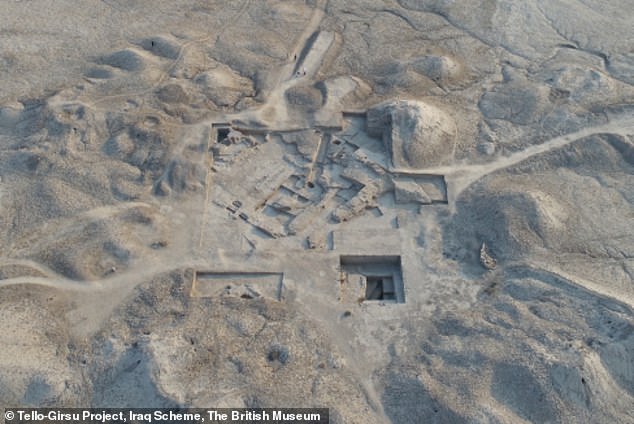
The area has been of interests to archaeologists for years, as it holds important Sumerian remains and artifacts.
Recently experts have been investigating the center of Girsu where the temple of Ningirsu was once standing.
Here they have found over 300 ceremonial ceramic cups, bowls, jars and spouted vessels, all which have been damaged over time.
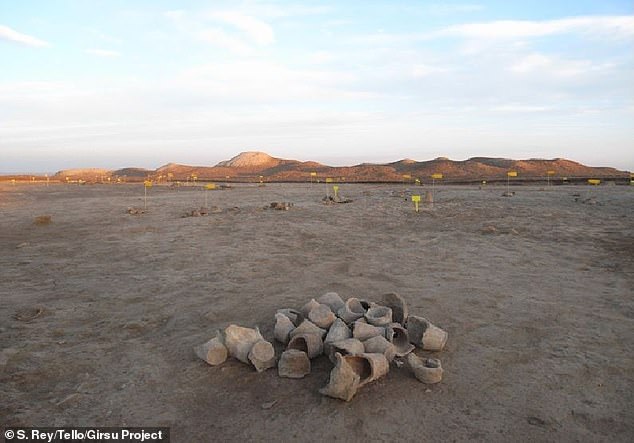
There was also a trove of animal bones hiding under the dirt, which archaeologists believe are remains from the animal sacrifices held in the ritual pit.
A bronze figurine that resembles a duck was also discovered, which the team, who told LiveScience in an email, believes may have been dedicated to Nanshe, a goddess associated with water, marshlands and aquatic birds, along with a vase inscribed with text about the goddess.
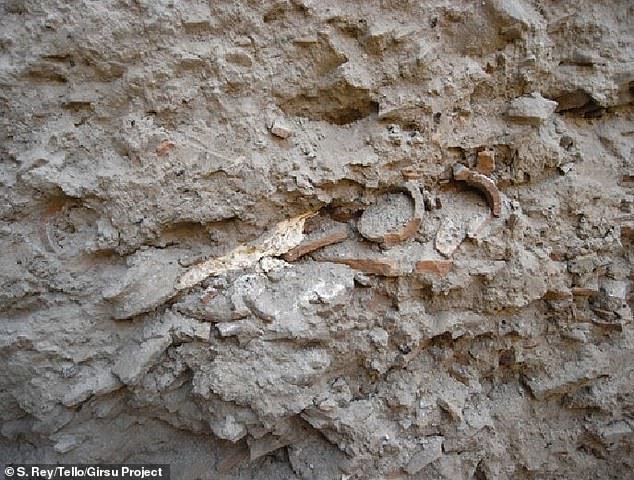
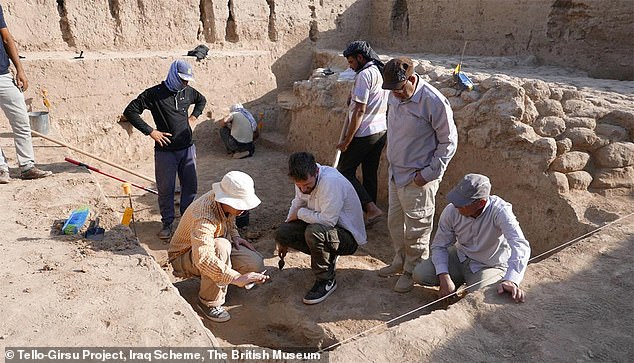
Sebastien Rey, director of the British Museum’s Tello/Ancient Girsu Project, and Tina Greenfield, a zooarchaeologist at the University of Saskatchewan, led that excavation at the site.
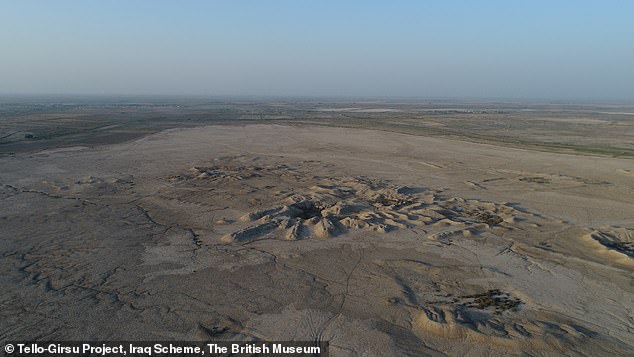
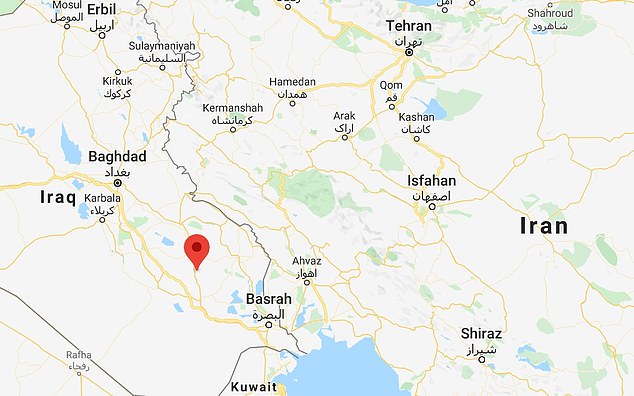
Because a thick layer of ash was found lying the ground, the team speculates massive feasts were held in the area.
These clues connects the area to the place ‘where according to the cuneiform texts religious festivals took place and where the population of Girsu gathered to feast and honour their gods,’ Rey and Greenfield said in the email.
Clay tablets, also known as Cuneiform tablets found at Girsu describe residents holding religious ceremonies in the sacred plaza.
The text tells of a religious feast in honor of Ningirsu that was held twice throughout the year and lasted for three or four days, Rey and Greenfield explained.